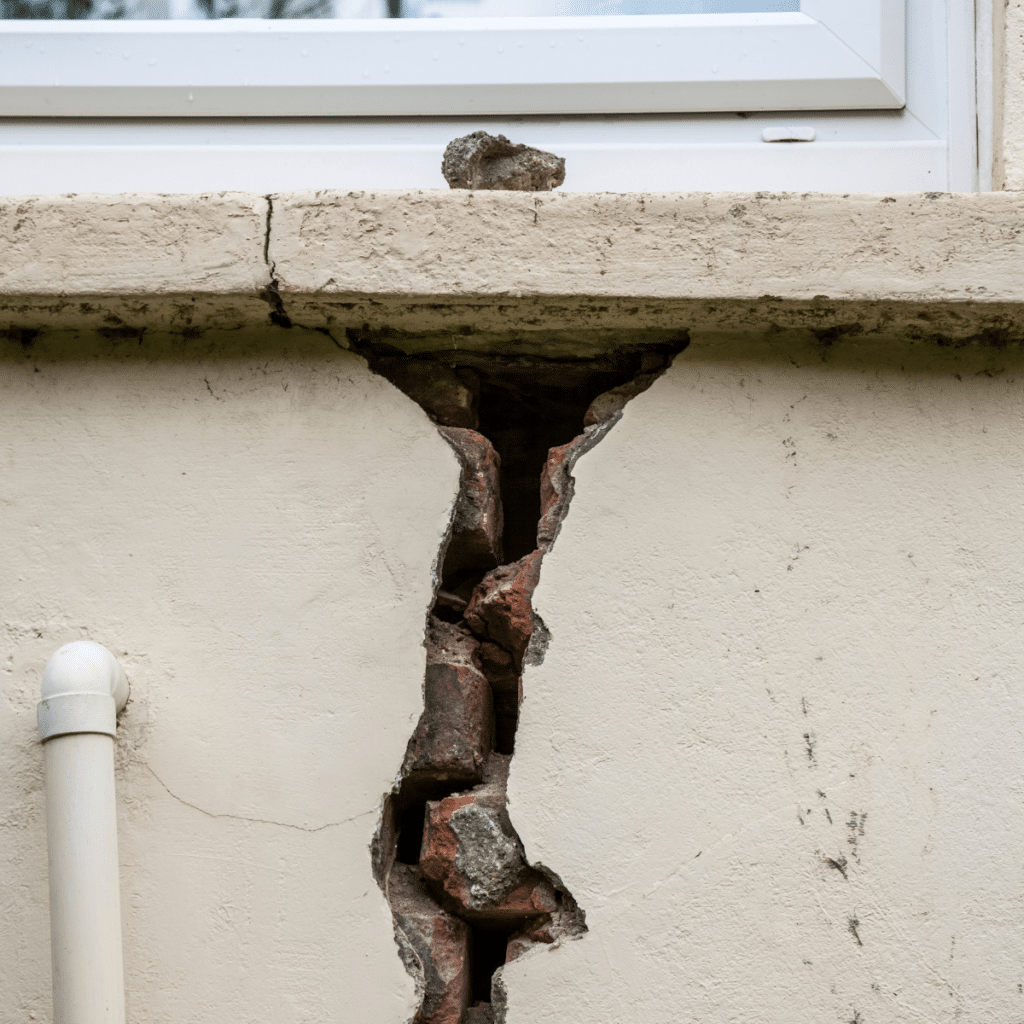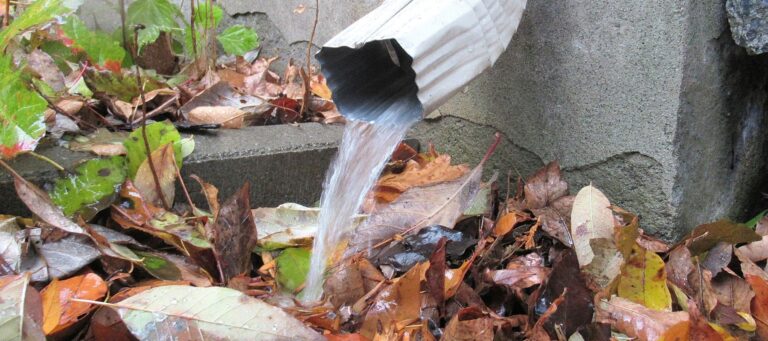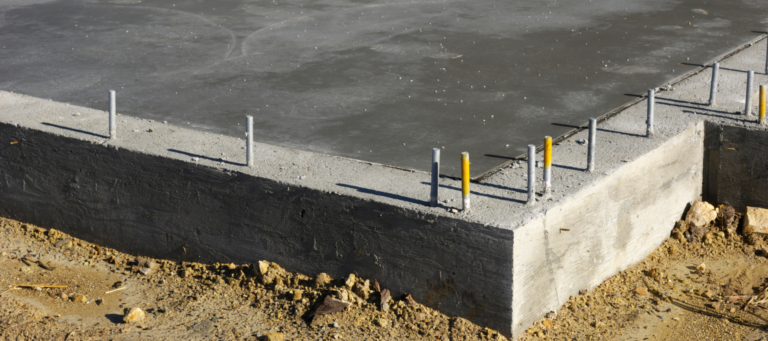Here To Help Your Home Stand Tall
Any homeowner can tell you that it feels like there’s always something you can do to enhance your property. Whether it’s starting that garden you’ve always wanted, upgrading furniture or repainting your walls, the possibilities for projects are endless! Just make sure you remember to give your foundation the care it deserves.
At G.L. Hunt, we’re here to jump into action when you’re in need of foundation repairs. One of the ways we can help homeowners is by providing steel piers. To learn if this is something that can benefit your home, follow along!
What Are Steel Piers?
Before explaining what steel piers specifically are, let’s review what a pier is in terms of your home. A pier is a vertical structure that’s used to support your home’s foundation. It takes many piers to do this. Spread around your home, they are anchored into the ground, holding your property steady.
There are several materials that can be used to create piers, steel being one of them. Here are some advantages that opting for steel supports can bring:
- Can be used in many soil types
- More durable than other pier options
- Can support a greater weight
At G.L. Hunt, we don’t just provide support to homes — we’re also here to support those who live inside! If you have questions about whether you can benefit from our steel pier foundation services, get in touch today!
What Homes Benefit From A Steel Pier Foundation?
Steel piers are a sturdy and reliable choice, but their high quality can come with a higher price tag. There are other options on the market, but how do you know if steel is the right choice for you?
Well, these piers are especially beneficial to those with larger, heavier homes. Many Texas homeowners have multi-story homes, which can benefit from this pier type. Additionally, if your property sits on deep soil, the far-reaching steel piers can help stabilize your home.
If your property is smaller or rests on shallow soil, concrete pier services may be the right move for your home. To make an informed decision, schedule an inspection with professional foundation specialists — such as those from G.L. Hunt.

G.L. Hunt Is Here When You Need Steel Pier Foundation Repair Services
A home is one of the most valuable things you can own — and we’re not just talking about monetary value here. Your home is a place you should feel safe and secure in, allowing you to relax and spend time with those you love.
If your foundation falters, your home’s safety can be disrupted. However, our team can help get your property back on track!
How To Tell When You Need Foundation Repair
Foundation damage starts small but grows with time. Here are some of the signs you may notice:
- Cracks along floors or walls
- Misaligned doors
- Windows that don’t close properly
- Sloping floors
- Gaps in components of your home’s exterior
If steps aren’t taken to correct the issue, it’ll only get worse. This can create hazards in your home and lead to even costlier solutions when repairs are finally made. If you think you have foundation problems, reach out to G.L. Hunt soon.

What’s The Repair Process Like?
To understand the full scope of the repair project, a member of our team will need to assess your property. With our expertise, we can identify the impacted areas of your home and determine the best way to help.
If you already have steel piers under your property that need to be upgraded, we have the expertise to help! We’ll work carefully to ensure that damaged materials don’t contribute to further issues. Plus, if your home doesn’t have any piers, we can provide these supports as part of our foundation repair services.
Get In Contact With Our Experts At G.L. Hunt
We want to keep your home standing tall — and we know you do too! When you get in contact with G.L. Hunt, we can team up to bring your Texas home the quality services that it deserves. If you’re looking to schedule your steel pier foundation services, go ahead and give us a call!









